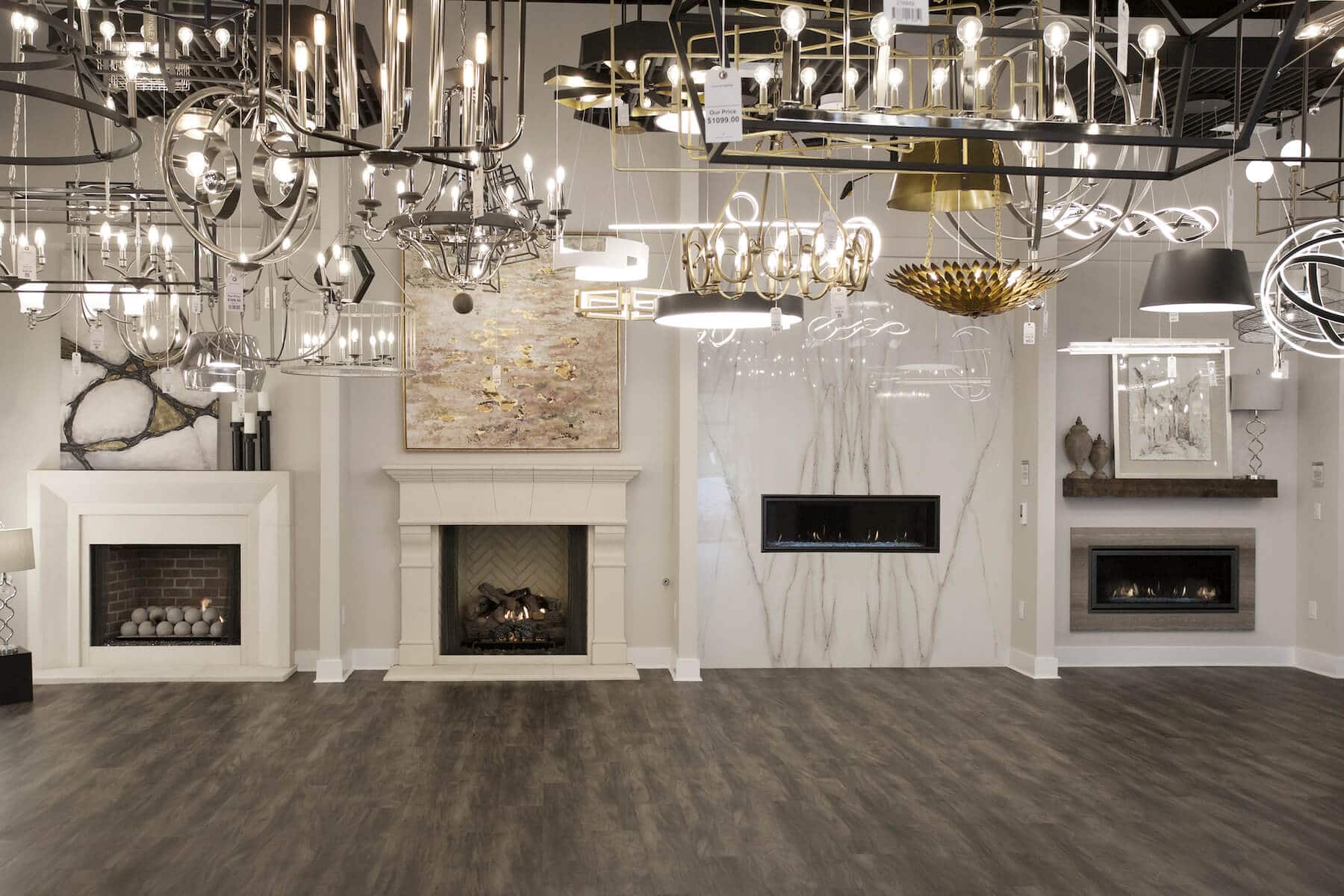Select from a Large Range of Lighting Solutions at Our Melbourne Shop
The Ultimate Guide to Picking Energy-Efficient Lighting Options

Recognizing Energy-Efficient Illumination Technologies
When considering energy-efficient lights choices, it is vital to understand the different technologies available in the market today. LED (Light Giving off Diode) lights stands apart as a preferred choice due to its high power effectiveness and lengthy life expectancy contrasted to typical incandescent or fluorescent bulbs. LEDs take in substantially much less energy, produce less heat, and have an extra extensive operational life, making them a eco pleasant and affordable alternative. One more technology to consider is CFL (Compact Fluorescent Light) illumination, which is much more energy-efficient than incandescent bulbs but less so than LEDs. CFLs are understood for their brilliant light output and fairly long lifespan. Furthermore, halogen incandescent light bulbs provide enhanced power performance and life-span contrasted to standard incandescent light bulbs. Comprehending the distinctions in these lighting modern technologies can help customers make notified decisions based upon their specific needs, spending plan, and ecological considerations. It is important to weigh elements such as energy efficiency, life expectancy, light top quality, and first cost when choosing one of the most suitable energy-efficient lights modern technology for a particular application.
Calculating Energy Savings Possible
To analyze the possible power financial savings possible through the adoption of energy-efficient lighting innovations, it is crucial to carry out complete calculations based on variables such as power usage, functional hours, and the specific characteristics of the lights alternatives being considered. lighting store melbourne. Computing energy savings possible involves identifying the current energy consumption of existing lights systems and comparing it to the projected power usage of the energy-efficient alternatives present. This contrast enables a clear evaluation of the potential power financial savings that can be realized
Operational hours play an essential function in these calculations, as lights systems that are used for prolonged durations will benefit extra from energy-efficient choices. In addition, taking into consideration the specific attributes of various illumination technologies, such as lumens per watt and life-span, is essential for precisely forecasting power savings.
## Aspects to Think About When Choosing Lighting
When selecting lighting choices for optimum power performance and performance,Think about these key variables. Analyze the lights requirements of the area. Different areas require varying levels of lighting intensity, color temperature level, and distribution. Recognizing the purpose of the lighting will assist figure out the most appropriate components and bulbs for the location.
Secondly, consider the energy effectiveness of the lighting choices. Search for fixtures and bulbs with high lumens per watt (lm/W) ratings to make certain maximum light outcome with marginal energy usage. LED lighting, for instance, is recognized for its power efficiency and get more long life-span compared to standard incandescent or fluorescent options.
Furthermore, evaluate the maintenance demands of the lights fixtures. Go with components that are very easy to clean and preserve to make sure constant efficiency in time. Picking resilient components that call for minimal maintenance can help in reducing lasting upkeep costs and guarantee the lights system operates successfully.
Lastly, take into consideration the environmental influence of the lighting options. Select fixtures and light bulbs that are energy-efficient and eco-friendly, such as those with recyclable components or minimized carbon exhausts. By focusing on sustainability in your lighting choices, you can contribute to a greener future while appreciating the advantages of energy-efficient lighting options.

Comparison of Various Lights Options
In evaluating the variables affecting lights selection for power effectiveness and performance, it becomes vital to compare the different lighting options offered on the market. LED lighting sticks out as one of one of the most energy-efficient choices due to its lengthy life expectancy and reduced energy intake. LEDs are versatile, supplying a variety of color temperature levels and lowering capacities, making them suitable for different setups. In addition, small fluorescent lights (CFLs) give an even more energy-efficient alternative to standard incandescent light bulbs, although they contain small amounts of mercury. Halogen incandescent light bulbs offer click over here improved energy effectiveness compared to traditional incandescent bulbs, yet they are much less reliable than LEDs and CFLs. An additional alternative to consider is fluorescent tubes, typically used in commercial and industrial settings as a result of their high effectiveness and long life. When contrasting illumination choices, factors such as energy performance, lifespan, shade temperature level, and ecological effect must be carefully considered to make an informed decision based on specific lighting needs and priorities.
Tips for Executing Energy-Efficient Lighting
When seeking to boost energy performance with lights selections, carrying out strategic illumination controls can considerably minimize power usage. One effective suggestion for applying energy-efficient illumination is to utilize tenancy sensing units. These sensing go to these guys units find motion within an area and automatically turn lights on or off, making sure that lights are only being used when required. In addition, daytime sensors can be included to adjust illumination degrees based on all-natural light schedule, additional enhancing power use.
Dimming lights not just produces atmosphere and flexibility in lights degrees but likewise helps save power by decreasing the amount of power taken in. Picking energy-efficient light bulbs such as LEDs or CFLs can make a substantial distinction in energy financial savings.
Final Thought
Finally, selecting energy-efficient illumination alternatives is essential for lowering power consumption and expenses. By recognizing various modern technologies, determining potential financial savings, considering various aspects, and comparing people, organizations and alternatives can make enlightened choices to boost energy performance. Carrying out energy-efficient illumination not only profits the atmosphere however likewise brings about long-lasting price financial savings and boosted lights quality. It is essential to prioritize power effectiveness in lights selections for a lasting future.
To assess the potential energy cost savings achievable via the fostering of energy-efficient lights innovations, it is imperative to conduct detailed estimations based on factors such as power intake, functional hours, and the certain features of the illumination alternatives being considered (lighting store melbourne).In assessing the variables influencing lighting option for energy performance and efficiency, it ends up being imperative to compare the different lighting options available in the market. When comparing illumination alternatives, elements such as energy performance, lifespan, shade temperature level, and environmental impact should be very carefully taken into consideration to make an informed decision based on specific illumination needs and concerns
When looking to improve power performance through illumination choices, executing critical lighting controls can dramatically lower power consumption. Applying energy-efficient lighting not only profits the atmosphere yet also leads to long-term expense savings and improved lights quality.